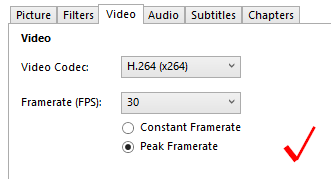

Video compression is a crucial element of video editing and streaming, and data management.

You can accomplish this during the original recording or through the use of video editing tools.
#COMPRESS VIDEO FILE SIZE DOWNLOAD#
This also increases the upload and download speed of your videos. If you intend to use muted videos, you can save extra file space by removing audio tracks. This ensures that your master remains available and uncorrupted. This is easier to accomplish if you use a master repository to retain and protect your original copy. If you are creating multiple quality and size versions of your video, it is important to create each from your master. This requires storing a larger video but ensures significantly higher quality after compression.Įach time you compress a video, the quality is degraded. It is recommended to use at least 20Mbps but 50 Mbps or higher is preferred.

When compressing video, work from a high bitrate master. Whenever possible, try to use HTML5 and supported formats to ensure the best video experience for your users. It allows developers to more easily integrate video into web pages and avoids the need for Flash plugins. HTML5 is now widely accepted by all but the oldest browsers. In comparison, high contrast or saturation video has obvious elements that codecs can easily identify and work to preserve.Ĭonvert your video to HTML5 supported formats When a video is flat, with low contrast or saturation, codecs have a harder time identifying and preserving detail. This enables you codec to reuse more pixels between frames. This is because slow-motion filming reduces the number of changes between frames. When compressing videos, there are several tips that you can use to help make the process smoother and more effective.įilming in slow motion can help you reduce the perceived quality reduction created by compression. CBR maintains the same bitrate throughout and results in less efficient use of resources. VBR alters the bitrate of a video to suit the content, with higher bitrates for action or complex scenes and lower for simple. There are two bitrate methods you can use when encoding video-Variable Bitrate (VBR) and Constant Bitrate (CBR). Higher bitrates produce higher quality video but require more bandwidth and storage. It is typically measured in bits (bps), kilobits (Kbps), or megabits (Mbps). Bitratesīitrate is the number of data bits transferred per second when a media file is played. These devices often compress video in real-time during recording using this codec. It is compatible with a wide variety of professional, consumer, and mobile phone cameras. The Motion Picture Experts Group (MPEG) codec, based on the H.264 compression standard, is the most commonly used. Videos compressed with lossless compression tend to be larger than those compressed with lossy. This process ensures that no data is permanently lost.

#COMPRESS VIDEO FILE SIZE SOFTWARE#
Video CodecsĬodecs are hardware or software that you can use to encode and decode videos. To understand how compression works, there are a few important concepts you need to first understand. You’ll also learn about tips for compressing videos for a variety of purposes. In this article, you will learn about basic video compression concepts. It also enables you to reduce the amount of bandwidth needed to transfer videos, providing a better user experience when media is accessed. Compression enables you to reduce the amount of storage resources needed to store videos, saving costs. Video compression is a process you can use to reduce the file size or change the format of videos.


 0 kommentar(er)
0 kommentar(er)
